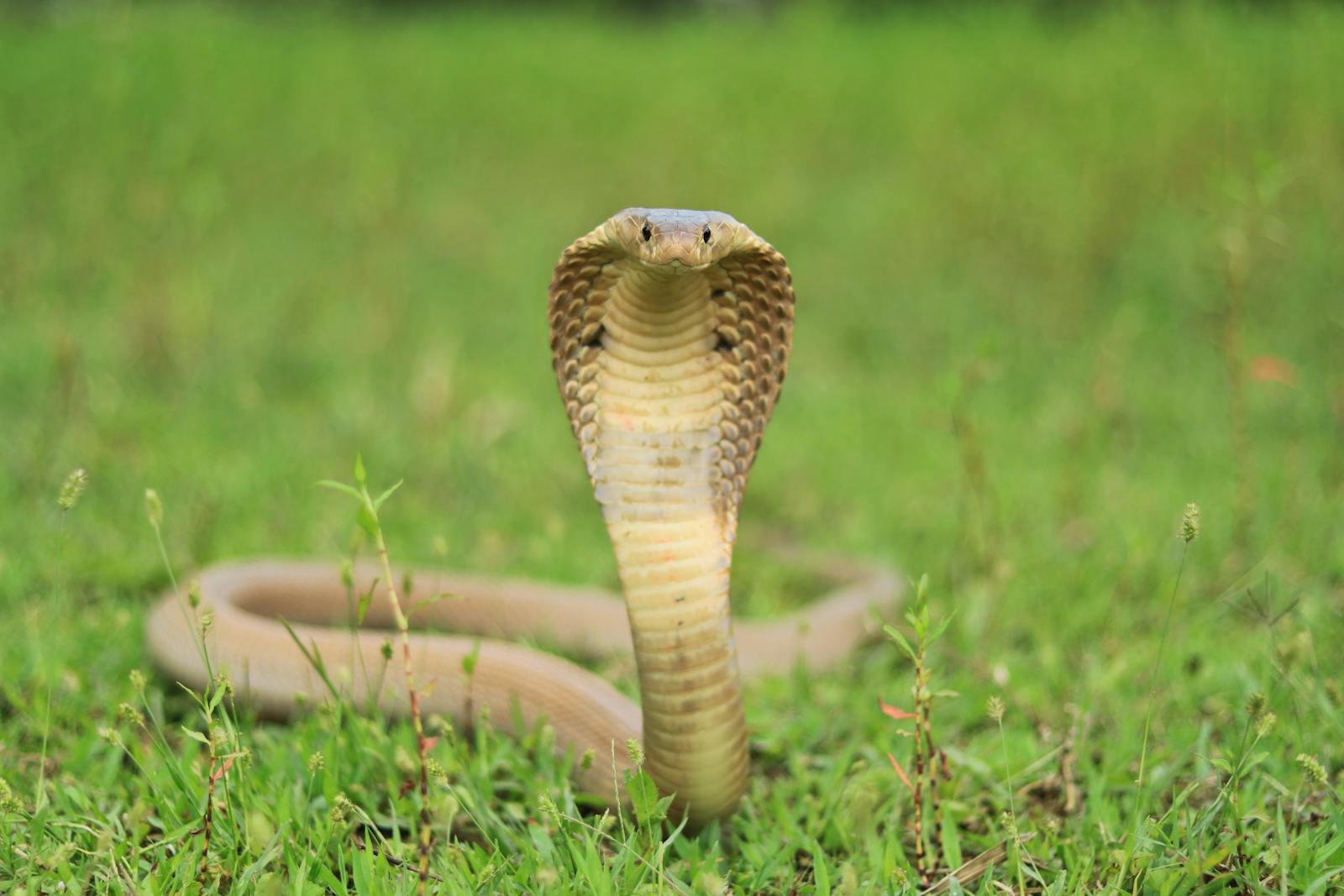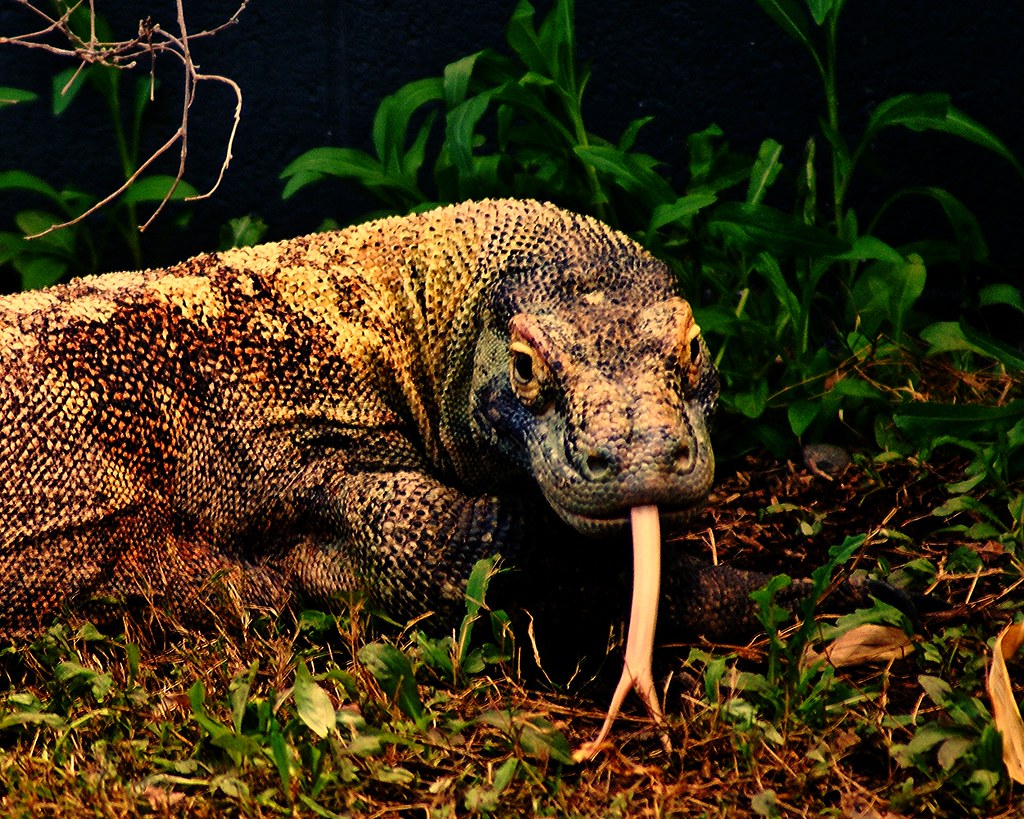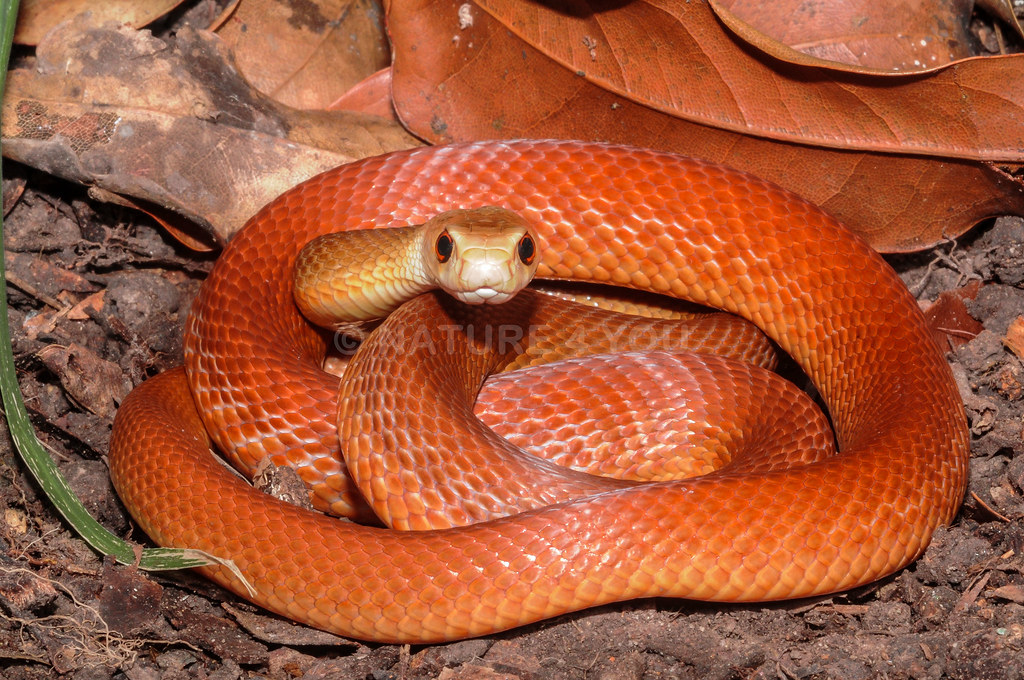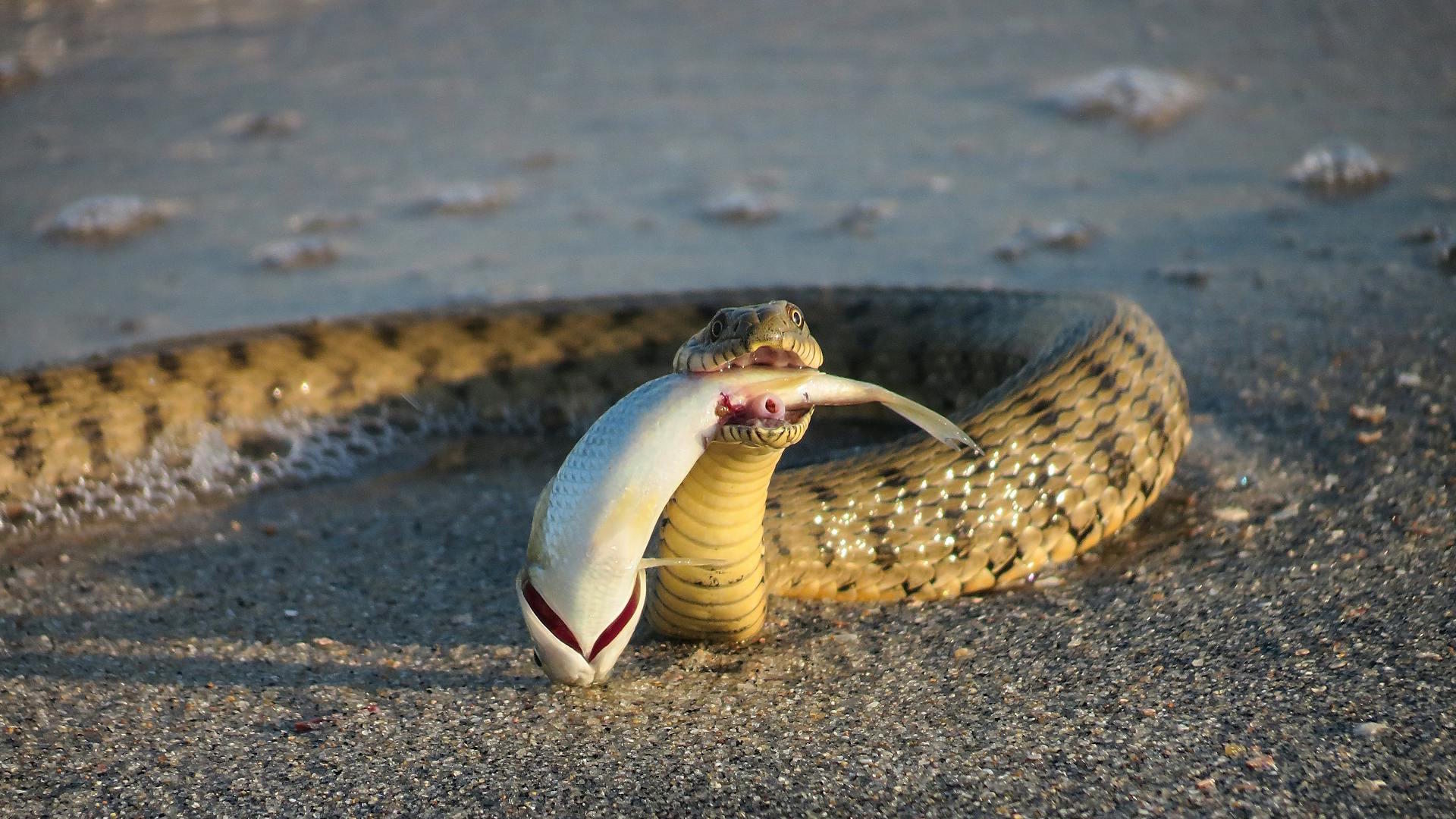In the animal kingdom, predators have evolved remarkable strategies to capture prey efficiently. Among these, certain venomous reptiles have developed a particularly insidious method: painless initial bites that mask the deadly danger coursing through a victim’s veins. This evolutionary adaptation represents a fascinating yet terrifying trick of nature, allowing venomous snakes and other reptiles to strike without immediately alerting their prey to the severity of the situation. The absence of immediate pain doesn’t signal safety—quite the opposite. It’s often the prelude to a cascade of physiological effects that can rapidly become life-threatening. Understanding this phenomenon isn’t merely academic; it could literally save lives by helping people recognize and respond appropriately to seemingly minor reptile bites before it’s too late.
The Evolutionary Advantage of Painless Bites
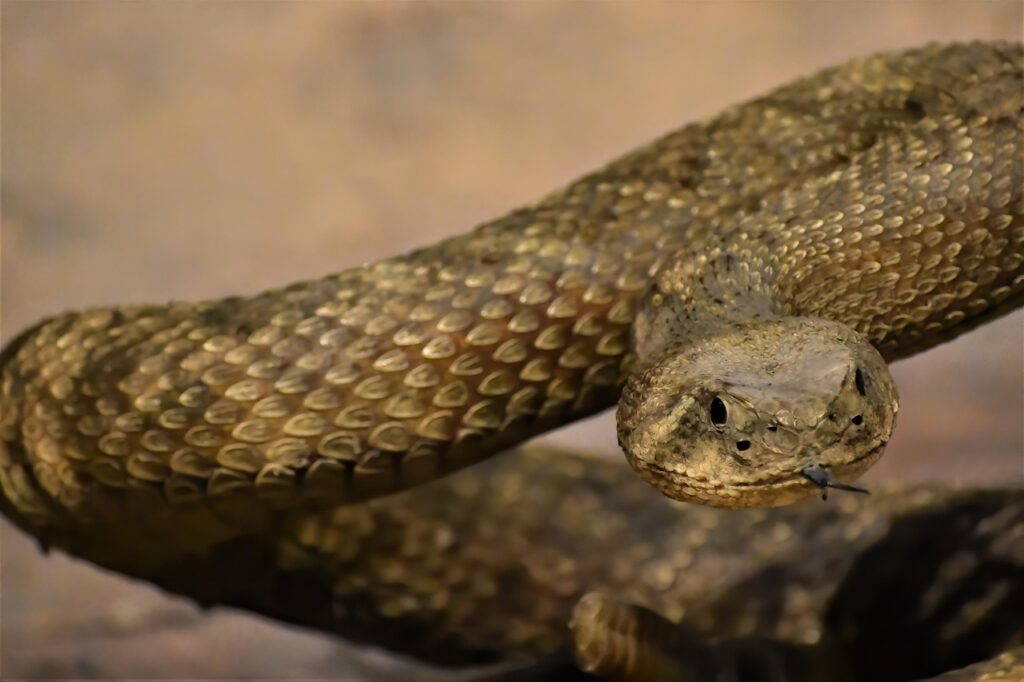
The development of painless venoms represents a remarkable evolutionary strategy that benefits predatory reptiles in multiple ways. By delivering venom without causing immediate pain, these reptiles prevent their prey from mounting aggressive defensive responses that might injure the predator. This adaptation allows venomous snakes and other reptiles to strike and then retreat to safety, waiting for their venom to immobilize the prey without having to maintain dangerous contact. From an evolutionary perspective, this “bite and retreat” strategy conserves energy and reduces risk, creating a significant survival advantage. Additionally, prey animals that don’t immediately feel threatened are less likely to flee, increasing the likelihood that the venom will take full effect before the prey can escape.
The Biochemistry Behind Painless Venom
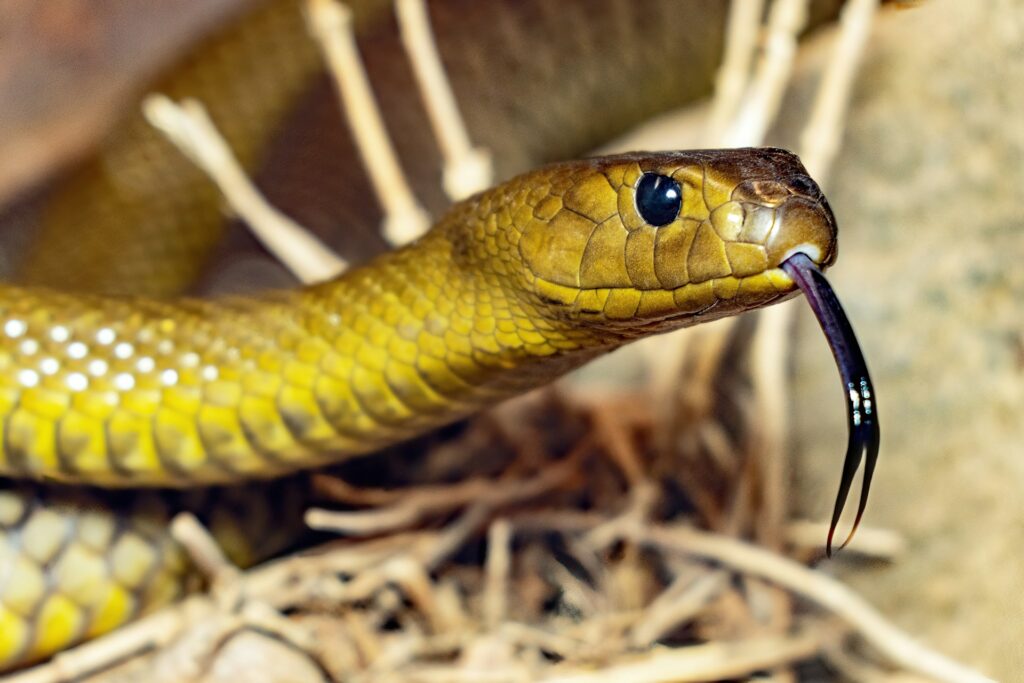
The scientific explanation for painless venom lies in its sophisticated biochemical composition. Many venomous reptiles produce complex cocktails of toxins specifically designed to avoid triggering pain receptors while simultaneously attacking vital physiological systems. These venoms often contain neurotoxins that block nerve signals, including those that would normally transmit pain sensations to the brain. Simultaneously, other components in the venom may target blood coagulation, muscle function, or cellular structures, causing serious internal damage without immediate sensory feedback. Some species, like certain cobras and coral snakes, produce venoms containing alpha-neurotoxins that block acetylcholine receptors, preventing muscle contraction signals without initially stimulating pain pathways. This biochemical sophistication represents millions of years of evolutionary refinement.
Notable Reptiles with Deceptively Painless Bites

Several reptile species are infamous for their initially painless bites that belie their lethal potential. The black mamba, despite being one of Africa’s deadliest snakes, often delivers bites described as no more painful than a pinprick, with victims sometimes unaware they’ve been envenomated until serious symptoms begin developing. Similarly, the eastern coral snake of North America produces minimal initial pain, leading to dangerous delays in seeking treatment as its powerful neurotoxins silently disrupt nervous system function. The blue-ringed octopus, though not a reptile but worth mentioning for comparison, delivers virtually painless bites containing tetrodotoxin that can cause fatal respiratory paralysis. Australia’s inland taipan, considered the world’s most venomous land snake by drop-for-drop toxicity, also produces relatively little immediate pain despite its venom’s extraordinary potency.
The Danger of Delayed Symptoms
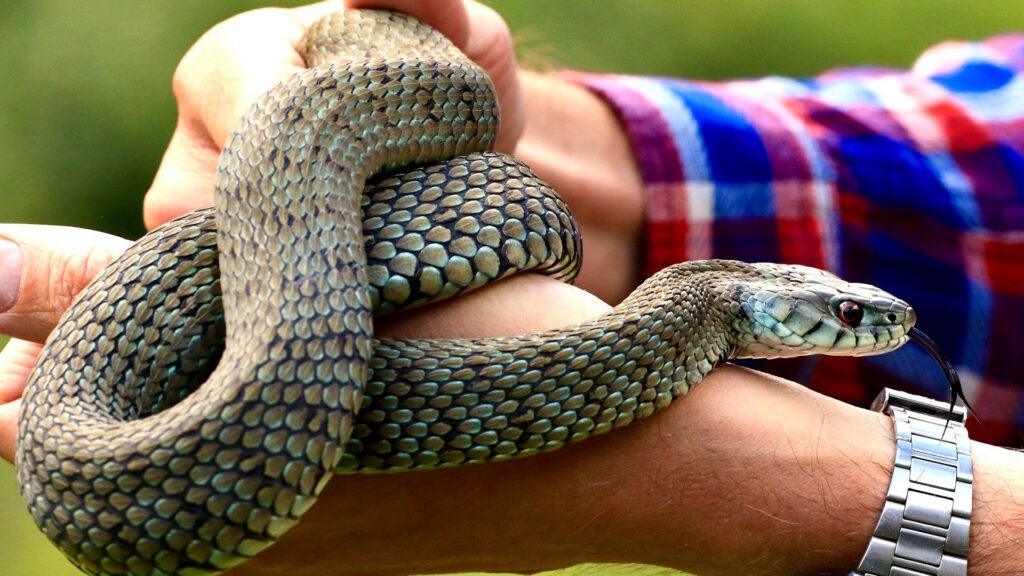
The true peril of painless reptile bites lies in the critical time lost between envenomation and treatment. Without immediate pain as a warning signal, victims may dismiss the bite as insignificant, delaying medical intervention until symptoms become severe or life-threatening. This delay often means that by the time the victim seeks medical attention, the venom has spread throughout the body, making treatment more difficult and less effective. Medical professionals observe that this phenomenon creates a dangerous false sense of security, with patients often arriving at emergency rooms only after experiencing serious symptoms like difficulty breathing, paralysis, or vascular collapse. Research indicates that mortality rates for venomous bites increase substantially with each hour that treatment is delayed, making the painless nature of certain reptile bites a truly lethal trick.
How Venom Progresses Through the Body
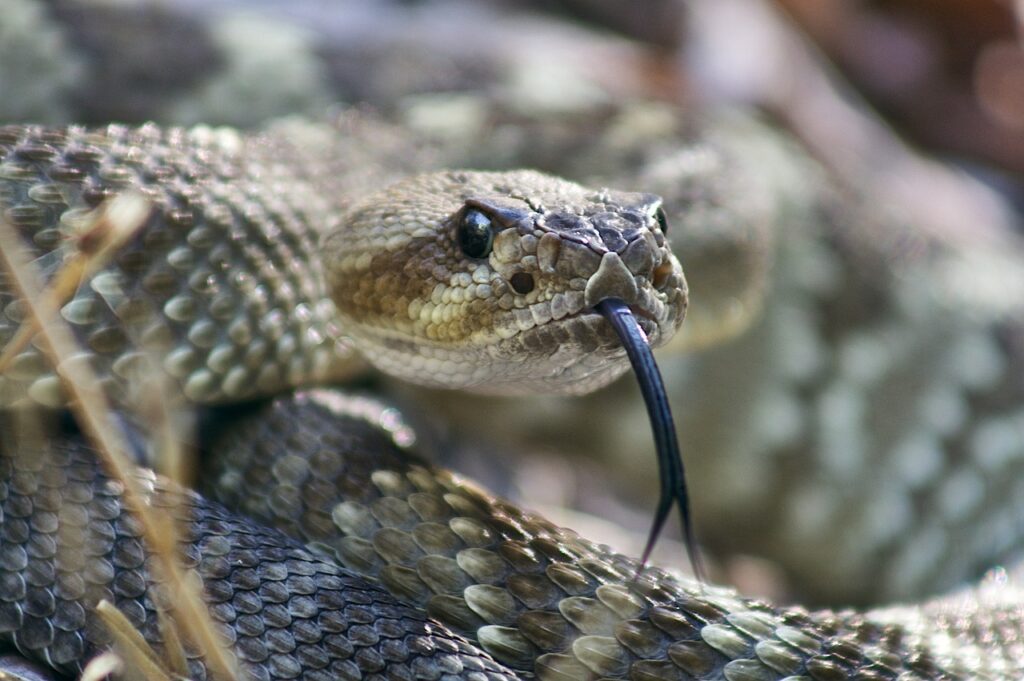
Once injected, venom begins a methodical journey through the victim’s body with devastatingly efficient progression. Initially entering the tissue at the bite site, venom components typically spread through the lymphatic system before entering the bloodstream, where they can be transported throughout the entire body. Different venoms target different systems – some primarily affect the nervous system, others attack blood cells or disrupt clotting mechanisms, while some cause tissue death around the bite site. The progression speed depends on multiple factors including the location of the bite, the victim’s size and health status, and physical activity after the bite (movement accelerates venom circulation). As the venom progresses, symptoms gradually intensify, often starting subtly with mild nausea or dizziness before escalating to more serious manifestations like respiratory distress, paralysis, internal bleeding, or cardiovascular collapse.
Recognition of Subtle Early Warning Signs
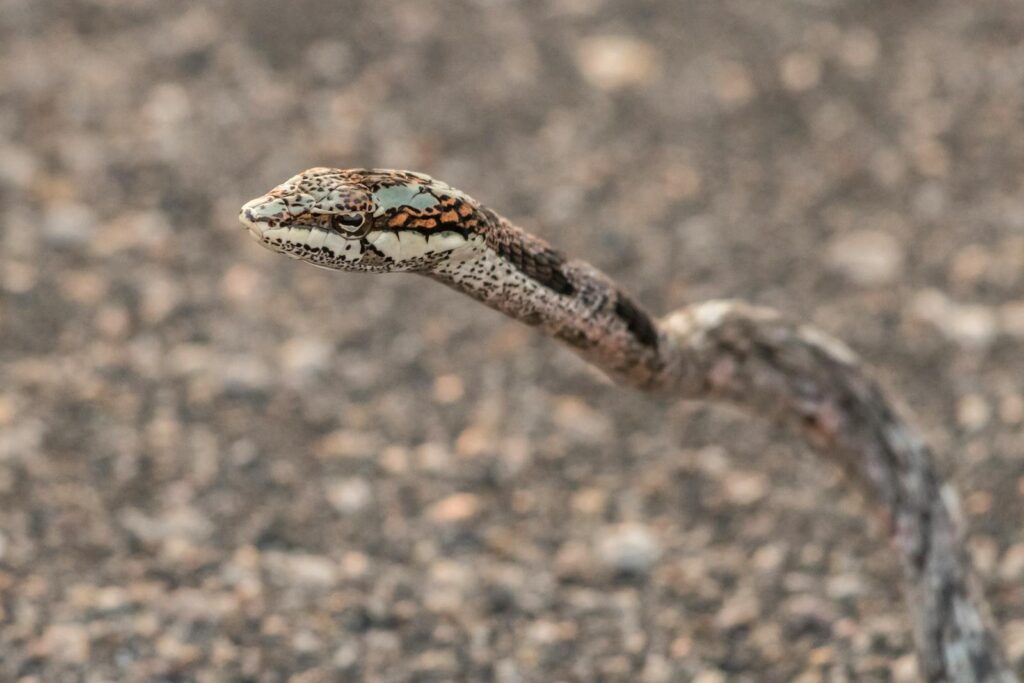
While pain may be absent, other subtle indicators often signal a venomous bite in its early stages. Slight swelling, redness, or an unusual feeling of warmth around the bite area may be present even when pain is not. Many victims report a peculiar metallic taste in the mouth, unexplained nausea, or unusual sweating within minutes of envenomation. Visual disturbances, including blurred vision or seeing “floating spots,” often occur early in neurotoxic envenomations, while a feeling of unusual lethargy or weakness might indicate the venom is beginning to affect muscle function. These subtle signs are critically important, as they represent the small window of opportunity between the bite and the onset of more severe, potentially irreversible symptoms. Medical experts emphasize that recognizing these early warning signs can significantly improve outcomes by prompting earlier treatment.
First Aid for Suspected Venomous Bites
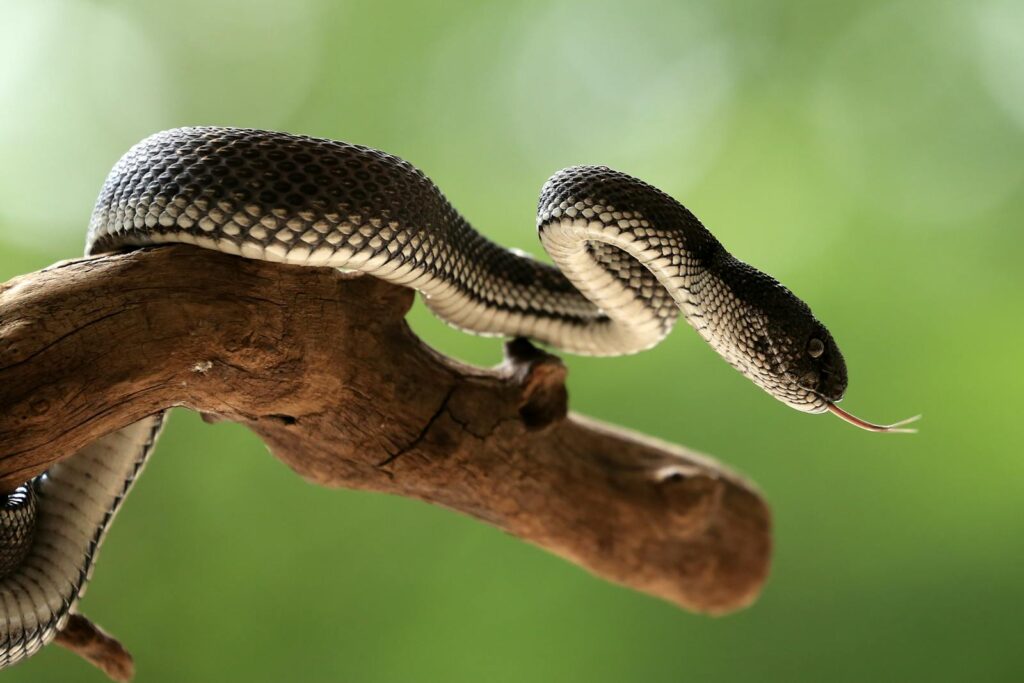
Appropriate first aid for suspected venomous bites focuses on minimizing venom spread while expediting medical treatment. The current recommended approach involves keeping the victim calm and still to slow venom circulation, immobilizing the affected limb at heart level, removing constricting items like jewelry or tight clothing, and seeking emergency medical care immediately. The Australian pressure-immobilization technique, which involves firmly wrapping the affected limb with an elastic bandage and immobilizing it with a splint, has proven effective for bites from species with primarily neurotoxic venoms but is not recommended for all venomous bites. Importantly, outdated first aid methods like sucking venom from wounds, applying tourniquets, or making incisions at the bite site are now known to cause more harm than good and should be avoided. Experts emphasize that no first aid substitute exists for prompt transportation to a medical facility with appropriate antivenom.
The Critical Role of Antivenom

Antivenom remains the definitive treatment for serious venomous reptile bites, functioning as a biological antidote to neutralize venom compounds. Produced by injecting diluted venom into large mammals (typically horses) and then harvesting the antibodies they produce, antivenoms work by binding to venom molecules, preventing them from causing further damage and helping the body eliminate them. The effectiveness of antivenom decreases significantly with time, making early administration crucial for optimal outcomes. Most antivenoms are species-specific, designed to counteract venoms from particular reptiles or groups of closely related species, though some polyvalent antivenoms exist that can neutralize venoms from multiple species. Challenges in antivenom production and distribution include high costs, specialized storage requirements, relatively short shelf-life, and limited availability in many regions where venomous reptiles are common.
Geographic Distribution of Painless-Bite Species
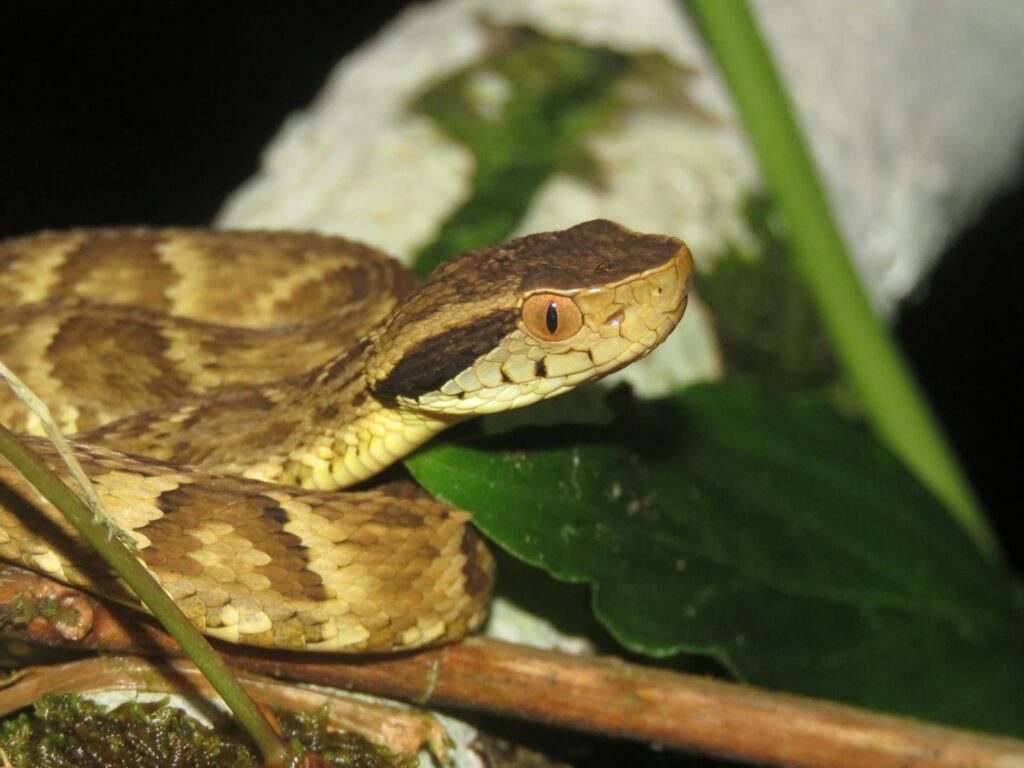
Reptiles with initially painless venomous bites inhabit specific geographic regions, creating varied risk profiles across the globe. Australia presents a unique concentration of such species, including the inland taipan, eastern brown snake, and tiger snake, making it home to more potentially lethal species with relatively painless bites than any other continent. Throughout Southeast Asia, kraits and certain coral snake species represent significant threats, with their minimally painful bites often occurring while victims sleep. Africa’s black mamba and certain cobra species dominate the painless-but-lethal category across that continent, while in the Americas, coral snakes represent the primary concern for deceptively painless envenomations. Island ecosystems like those in the Philippines and Indonesia harbor unique species with specialized venoms that often produce minimal initial pain despite serious toxicity.
Medical Treatment Protocols
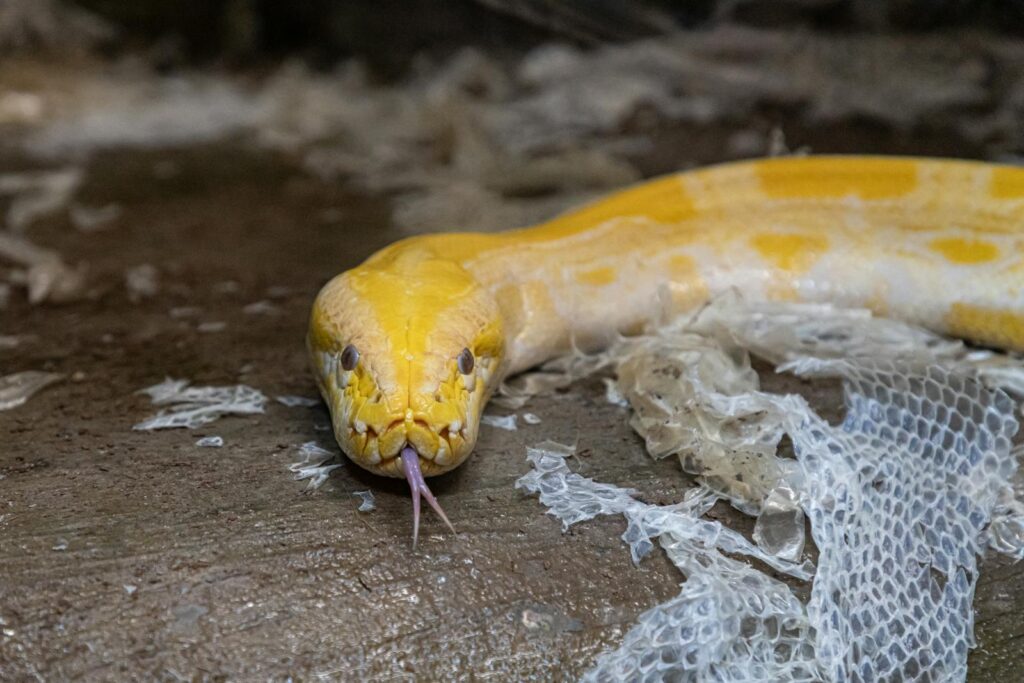
When treating victims of potentially venomous reptile bites, healthcare providers follow specialized protocols designed to address both confirmed and suspected envenomations. Initial assessment includes identifying the species if possible, evaluating bite characteristics, monitoring vital signs, and establishing baseline laboratory values to track venom effects. Once envenomation is confirmed or strongly suspected, antivenom administration typically becomes the priority, with dosing based on observed symptoms rather than patient weight. Supportive care forms another crucial treatment component, potentially including respiratory support, medications to manage blood pressure, intravenous fluids, and specialized interventions for specific venom effects like anticoagulation or rhabdomyolysis. Regular reassessment of the patient’s condition guides ongoing treatment decisions, with additional antivenom doses administered if symptoms progress despite initial treatment. Careful monitoring often continues for 24-48 hours, as some venom effects can be delayed or recurrent.
The Psychology of Venom Perception
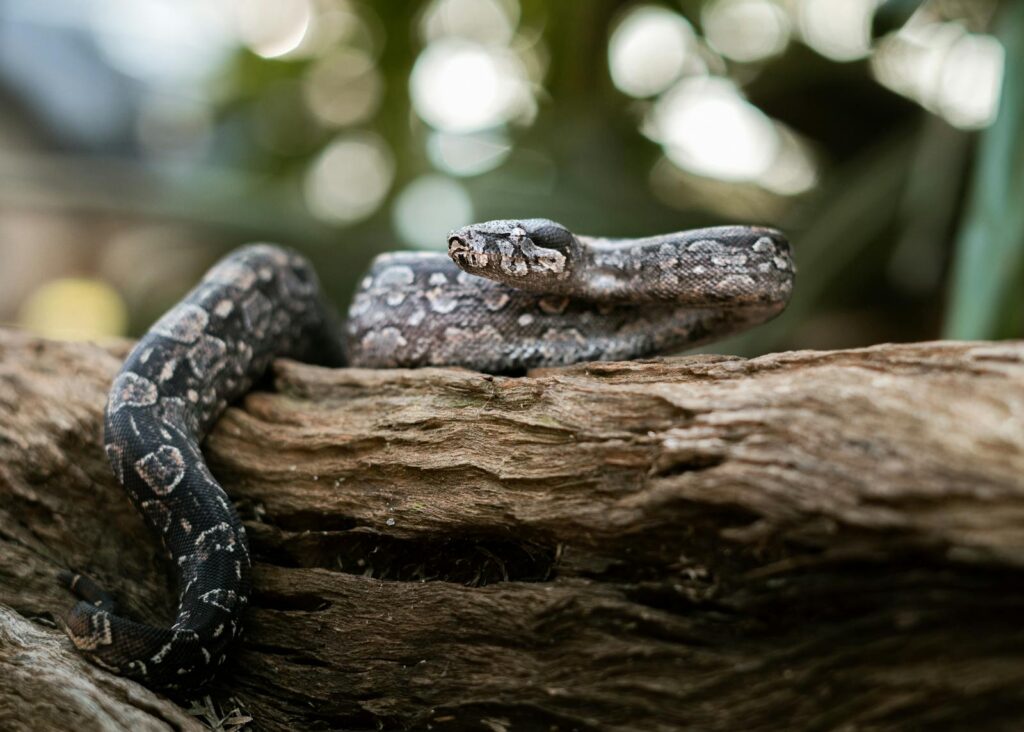
Human psychology plays a significant role in how we respond to painless venomous bites, often working against our best interests. Our brains are evolutionarily programmed to associate immediate pain with danger, creating a cognitive disconnect when a potentially lethal bite produces minimal discomfort. This psychological phenomenon, sometimes called “threat-pain incongruence,” leads many victims to rationalize away the potential danger, thinking “it can’t be serious if it doesn’t hurt much.” Cultural factors also influence response patterns, with individuals from regions where venomous reptiles are common typically showing greater awareness of the disconnect between pain and danger. Studies in behavioral psychology suggest that education can significantly improve appropriate response to painless bites, but the instinctive association between pain intensity and threat level remains a powerful psychological barrier to optimal reactions.
Research on Pain-Masking Compounds

Scientific interest in venom components that mask pain extends beyond understanding reptile predation, with significant implications for pain management in human medicine. Researchers have identified specific peptides and proteins in certain venoms that effectively block pain receptors or interrupt pain signal transmission without causing the side effects associated with conventional analgesics like opioids. These compounds work through novel mechanisms, such as selectively blocking specific sodium channel subtypes essential for pain transmission while leaving other crucial functions unaffected. Several pharmaceutical companies are currently conducting clinical trials on pain medications derived from or inspired by these venom components, offering hope for new non-addictive pain management options. The sophisticated molecular engineering of these pain-masking compounds represents one of nature’s most remarkable chemical innovations, potentially benefiting human medicine even as it serves the predatory needs of venomous reptiles.
Prevention and Awareness Strategies

Preventing dangerous encounters with venomous reptiles requires a combination of awareness, education, and practical precautions. In regions where venomous reptiles are common, public health initiatives focus on teaching residents to recognize dangerous species, understand their habits, and modify environments to reduce attraction factors like rodent populations that draw snakes to human habitations. Practical prevention measures include wearing appropriate footwear when outdoors, using flashlights when walking at night, avoiding placing hands or feet in areas not visually inspected, and maintaining a safe distance when spotting potentially venomous species. For travelers to high-risk areas, pre-trip education about local species, carrying communication devices to call for help, and knowing the location of medical facilities with antivenom capabilities represent crucial preparation steps. With painless bites presenting particular dangers, awareness campaigns increasingly emphasize that any reptile bite should be considered potentially serious until proven otherwise.
The deceptively painless bite of certain venomous reptiles represents one of nature’s most sophisticated and dangerous adaptations. This lethal trick—the ability to inject deadly venom without triggering immediate pain responses—creates a particularly treacherous situation for victims who might otherwise seek prompt medical attention. The biochemical sophistication behind these venoms, evolved over millions of years, demonstrates nature’s remarkable capacity for developing specialized predatory mechanisms. For humans, understanding this phenomenon isn’t merely an academic exercise but potentially lifesaving knowledge. By recognizing that the absence of pain following a reptile bite doesn’t indicate safety—but might instead signal extraordinary danger—we can overcome the psychological tendency to dismiss painless bites and respond appropriately to this silent threat. As research continues to unravel the mysteries of these fascinating toxins, we gain not only greater protection against their dangers but also potentially valuable medical applications derived from the very compounds evolved to harm.

